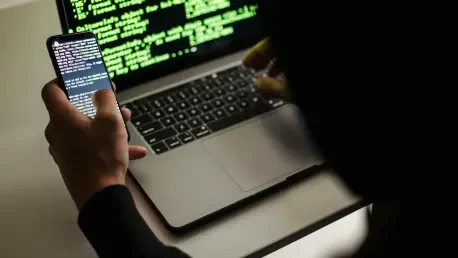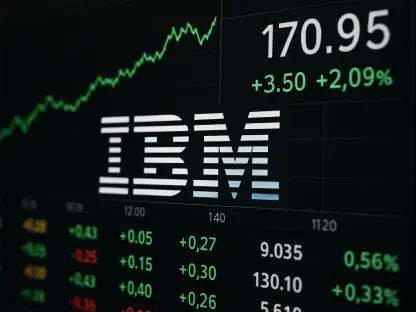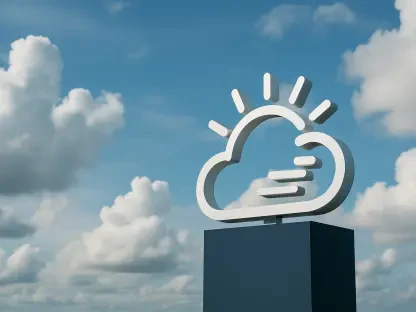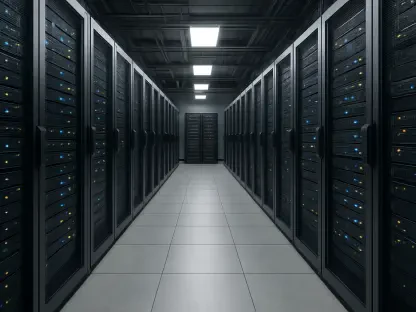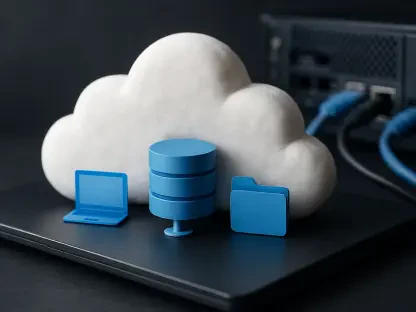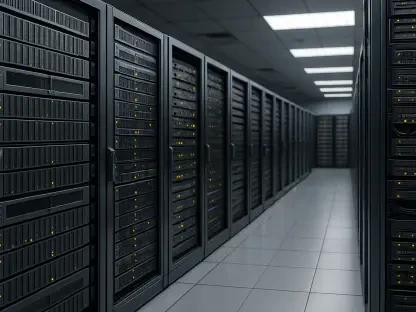Docker, Inc. has embarked on a significant venture to elevate security protocols within software development by introducing Docker Hardened Images (DHI) on Docker Hub. With an extensive catalog of verified, secure container images aimed at improving the software supply chain’s resilience, developers can now anticipate a safer and more seamless integration within their DevOps pipelines. The images are systematically curated to be devoid of any known vulnerabilities, with regular updates mitigating future threats. Notably, Docker has partnered with several industry leaders, including Cloudsmith, GitLab, JFrog, Microsoft, Neo4j, NGINX, Sonatype, Sysdig, and Wiz. These collaborations ensure that organizations have access to robust, hardened images from trusted providers, further solidifying the initiative’s integral role in contemporary software development.
The Role of Docker Hardened Images in a Secure Development Environment
Collaborations and Their Impact on Container Security
Docker’s launch of Docker Hardened Images (DHI) introduces a paradigm shift in the security landscape of container technologies, underscored by its partnerships with numerous leading third-party providers. These alliances aim to furnish development teams with an arsenal of secure container images, meticulously inspected and continuously updated. By leveraging the expertise of established entities like Microsoft and Neo4j, Docker guarantees a comprehensive approach to security that not only meets current industry standards but also anticipates the evolving threat landscape. The collaborative efforts ensure the provision of hardened images that possess both reliability and adaptability, allowing developers to confidently progress in their software creation endeavors.
The digital signatures embedded within each Docker Hardened Image play an essential role in maintaining the integrity and trustworthiness of these resources. Dwelling on the principles of the Supply Chain Levels for Software Artifacts (SLSA) framework, DHI images set a benchmark in standardized security approaches. Docker’s adherence to these guidelines ensures that developers receive a consistent security posture across the varied catalog of available images, thereby promoting a secure and innovative environment. As a result, development teams can expedite their processes, focusing substantially on creativity and functionality, instead of being hampered by cybersecurity challenges.
Expanding Ecosystem and Planned Enhancements
In its pursuit to foster a more secure software development ecosystem, Docker is actively extending support for Docker Hardened Images across multiple operating systems. Initially, DHI images are compatible with Alpine Linux and Debian, providing a robust foundation for developers utilizing these systems. The planned expansion will include additional operating systems, broadening the reach and application of secure container technologies. This strategic enrichment ensures long-term viability and accessibility, enabling wider adoption across diverse technical environments and amplifying the initiative’s impact exponentially.
The versatility of Docker Hardened Images is further exemplified by their capacity to be extended with additional container images, offering developers innovative avenues to tailor their projects. While these extensions may not inherit the security attributes intrinsic to DHI, they permit a customizable approach to development, accommodating unique needs and preferences. Such flexibility fosters an environment wherein creativity and security coexist harmoniously, driving advancements in the field. By combining the inherent security of DHI with personalized configurations, developers can achieve a more sophisticated and resilient software product.
Mitigating Security Concerns in Containerized Environments
Addressing Risks of Container Images Running at Root
The historical convenience of container images running at root offered developers easier access to systems, but it concurrently heightened susceptibility to cyber threats. These configurations were particularly advantageous for streamlining access, yet they inadvertently cultivated a risk-laden environment ripe for malicious exploitation. Recognizing these vulnerabilities, Docker has embarked on an endeavor to curtail such precarious configurations through the adoption of Docker Hardened Images. By diminishing exposure to root access, developers can operate within more secure parameters and focus their efforts on innovation rather than breaching risk prevention.
Docker’s initiative is not solely a technical adjustment but signifies a philosophical shift towards prioritizing security within the development lifecycle. Mitch Ashley of The Futurum Group has underscored the vital necessity of integrating security practices early in the development phase. Collaborations between Docker and its partners epitomize this ethos, providing tools and resources that seamlessly integrate into DevOps processes. While the exclusive reliance on hardened images in software construction is not entirely realized, the approach signifies substantial progress in fortifying supply chain security. A proactive stance in safeguarding software from inception to deployment is gradually refining the industry’s security narrative.
The Long-Term Implications for DevSecOps Practices
Despite notable strides in adopting hardened images and enhancing DevSecOps methodologies, vulnerabilities in software supply chains endure. As the industry ascends towards optimal security models, the pervasive presence of security flaws indicates an ongoing journey. The continuous improvement in security practices and the integration of sophisticated technologies hint at a promising future, wherein supply chains edge closer to inviolability. Nonetheless, complete security remains an elusive target. The narrative evolves as best practices become more prevalent, fostering environments where secure developments are routine rather than exceptional.
The imperative of making these secure practices universally accessible is not lost on developers and stakeholders alike. Tools like DockerHub play a pivotal role in closing the gap between potential and actual implementation of security measures. By democratizing access to secure container images, DockerHub becomes a critical asset in empowering developers to navigate and navigate securely. The broader adoption of innovative solutions like Docker Hardened Images forms an integral component of the concerted effort to revolutionize the supply chain security paradigm.
Sustaining Security in Development: A Progressive Outlook
Docker’s introduction of Docker Hardened Images (DHI) marks a significant change in the security realm of container technology. Collaborating with top-tier third-party providers such as Microsoft and Neo4j, Docker offers developers a suite of secure container images that are rigorously tested and continuously updated. These partnerships ensure a robust security framework that not only meets existing norms but also anticipates future threats, providing images that are both reliable and adaptable for developers as they advance their projects.
Central to maintaining the integrity and trust of these images are the digital signatures embedded in each Docker Hardened Image. These signatures, operated under the guidelines of the Supply Chain Levels for Software Artifacts (SLSA) framework, establish a consistent security standard across Docker’s offerings. This adherence ensures developers engage with a secure environment that facilitates innovation. Consequently, development teams can streamline their operations, focusing on creativity and functionality without being hindered by cybersecurity concerns.
